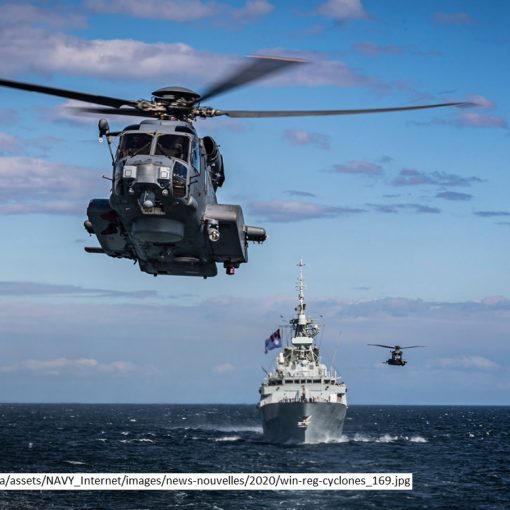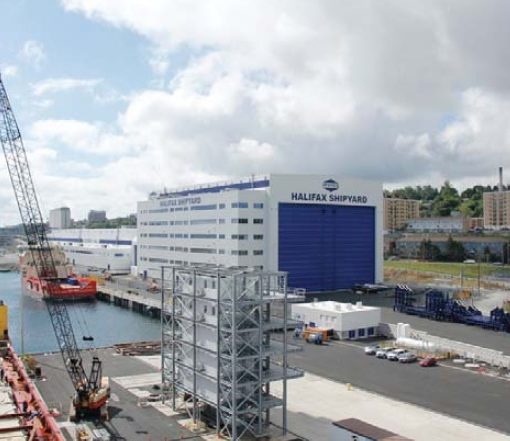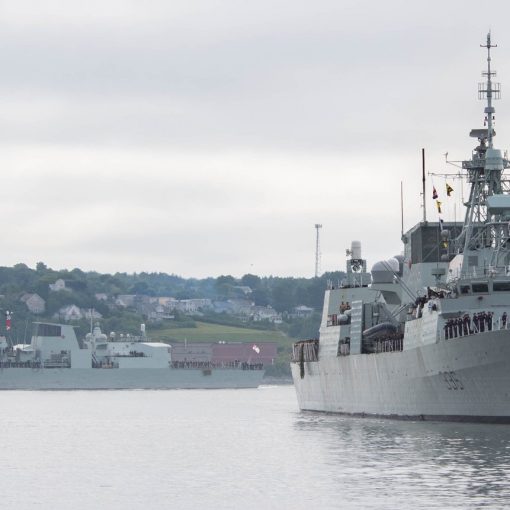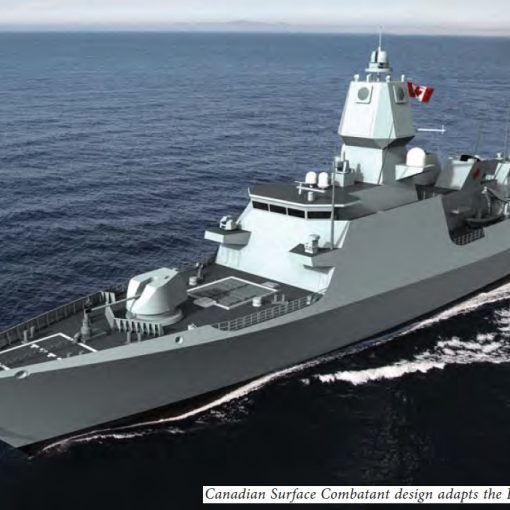Timothy Choi, 25 February 2021
On 24 February 2021, the Parliamentary Budget Officer released its report on the Canadian Surface Combatant's latest estimated costs, as well as several alternative options (FREMM and Type 31e) they were requested to examine by the House of Commons Standing Committee on Government Operations and Estimates (OGGO).
The report can be downloaded here: The Cost of Canada’s Surface Combatants: 2021 Update and Options Analysis (pbo-dpb.gc.ca)
Some points are worth noting:
- The report is well-balanced if one reads it in detail - it acknowledges the limited scope of its activities, while reminding the reader at various points that there are opportunity costs and additional complications that could increase the costs of alternative options but which could not be included in the report at this time. It reminds readers that the different ships have widely varying capabilities, though an assessment of those are outside the report's function.
- There appears to be no public record as to why the OGGO decided to select the two ships that they did. A search in the minutes and evidence sections for the House of Commons online records show no previous mention of FREMM or Type 31 prior to the committee's 19 June 2020 motion calling for the PBO to analyze their costs. The Type 31 has dramatically reduced capability (as a brief example, its entire air defence armament of 12 Sea Ceptor missiles [1] is equal to half the CSC Type 26's close-in self-defence suite, nevermind the latter's additional 32 Mk41 cells), and the lack of public discussion as to Type 31's inclusion in the analysis is worrying.
- The numbers for the FREMM (PBO uses the USN's Constellation class variant for its analysis) are clearly at odds with the much-touted "$30 billion" figure that was promised several years ago. The numbers are close enough (see graphic at the top of this post) that uncertainties and ancillary costs associated with a design switch may well eliminate (perhaps even exceed) any cost savings due to the design itself.
- The options for a complete change in the fleet composition would result in further delays to the program. This would result in costs that are not included in the figures for the alternatives, such as costs for extending the service lives of the Halifax class.
- The options for a mixed fleet of Type 26-based ships and one of the others would help reduce such delays due to building the Type 26 while design work progresses on the low-end option, but would require additional costs in terms of training, infrastructure, supply chains, maintenance, and other support items that are not included in the PBO's figures, which they readily acknowledge.
- PBO's decision to cut the Type 26 numbers to only 3 before transitioning to the alternative option means a return to Canada's previous configuration with 3 Iroquois class destroyers. Given the need to split the fleet to East and West coasts, this number is far too few to ensure year-round availability due to maintenance and training cycles. 6 hulls would be more comfortable, allowing one in refit/maintenance, one in training, and one to be deployed on each coast.
- PBO assumed the Type 31 is nearly identical to the Iver Huitfeldt design on which it is based. In actuality, they vary widely in sensors and armament (Huitfeldt's configured for air defence with APAR and SMART-L radars, while Type 31 only has a single rotating antenna), which may actually favour even lower costs for the Type 31 reflecting its much less comprehensive combat capabilities.
- The PBO is not advising or advocating for any particular option.
For their part, the Department of National Defence has put out a statement acknowledging the report and concluding that they will not be pursuing any additional options. It puts the difference between the report's finding of $77 billion for the Type 26 CSCs and DND's own $60 billion figure to the PBO's inclusion of provincial sales tax (10% in Nova Scotia) and the PBO's reliance on weight/displacement-based models for costing.[2]
Notes
- The Sea Ceptor silos in the image are seen amidships in two modules of 6 cells each. Unlike the six ExLS cells that are planned for the CSC aft of the funnel, the Type 31 silos cannot "quad-pack" their Sea Ceptors. This means if the current Type 31 armament remains, it will only have 12 short-medium ranged air defence missiles, compared to the Type 26 CSC's potential for up to 152 of the same (assuming all 32 Mk 41 cells are quadpacked with Evolved Sea Sparrows, plus the 6 ExLS cells are quadpacked with Sea Ceptors). In reality, many of the Type 26 CSC's Mk41 cells would be occupied by larger single-pack missiles like the SM-2, but the capacity comparison is telling. Image taken as screenshot from video at Type 31 progress update - Babcock International
- Statement by the Department of National Defence on the Parliamentary Budget Officer’s Report on the Canadian Surface Combatant - Canada.ca






4 thoughts on “Long-Awaited PBO Report Arrives”
For me, both the PBO and the Auditor-General Reports dealing with the CSC and all NSS ships were anti-climatic. We knew in advance what each would contain: unrestrained and increasing costs and ever more lengthening delays.
Matt Gurney’s article in the National Post says it all: incompetence, incompetence, incompetence. The Navy and the shipbuilders are confident that, given enough money and time, they can probably cobble to together some semblance of a modern warship (of course, it will not be all that modern by the time program is completed). Naturally, they assume an unlimited supply of the former from the long-suffering taxpayer, and they will certainly take all the time they want – after all, the NSS is not really concerned with delivering ships within budget and on time; it is fundamentally about the care and feeding of wealthy shipbuilders as they learn how to build ships.
A sad story that really has scarcely got underway. An equally sad commentary on the perennially bewilderingly and depressing state of Canadian defence procurement.
Note:
1. Matt Gurney, “Just build the damn ships. And buy the damn planes. The huge cost overruns are the price to pay for our incompetence”, National Post, (25 February 2021). Accessed at: https://nationalpost.com/opinion/matt-gurney-just-build-the-damn-ships-and-buy-the-damn-planes-the-huge-cost-overruns-are-the-price-to-pay-for-our-incompetence
The DND response to the PBOs report was typical. They still believe the CSC Frigate costs will come in at roughly $56-60B CAD for the program. Who knows, they may be right. DND has said the delivery timelines continue to be reviewed and are not final. One idea that caught my attention to save build-time, was the statement that “to accelerate the project in order to deliver the CSC Frigates to the RCN as soon as possible was by starting construction of the “simpler zones” of the ship first while the design work on the more complex sections continues.” This is a reasonable effort and could very well save valuable time, if……, and this is a big if…. construction were to begin as soon as possible (like yesterday). I totally agree with Matt Gurney’s response to the PBO’s report and is bang on! Canadians are sick and tired of all these delays and want the project to start no matter if they will cost us an arm and a leg. Yes we do seem to treat our military as a jobs-creation program for regional industries, rather than an instrument of national security. So let’s buck-up and “Build The Damn Ships”. NOW!
So what is your solution then? AOPS is well underway and the design is not finalized. You just can’t stop a project midstream and pivot and start a more complicated one. It won’t be given to another shipyard and we won’t buy offshore. I know for a fact that Irving is looking to start cutting steel earlier building simpler modules as you mentioned they know what will happen if another delay occurs. Perhaps a cutting the CG AOPS is a option moving them to another yard.
The solution is simple, but in reality, not so simple. Nobody wants to stop any project mid-stream. Sounds like a great plan Ted to give the two CCG AOPS ships to another yard (say, maybe Davies) to free up time and space for the CSC project, The government should sign the contract with Irving this year and get on with the build of these CSC Frigates the very next day. Let the CSC Frigate design work continue as planned and start building the “common modules” now. Perhaps in doing so, we just may be able to cut months or maybe even a year or two off the build time. There is lots of blame to go around for the failures of this project from governments past and present, but pointing the finger does nothing to solve the problem. Let’s get the job done now and worry who to hold accountable down the road. Canadians deserve nothing less!